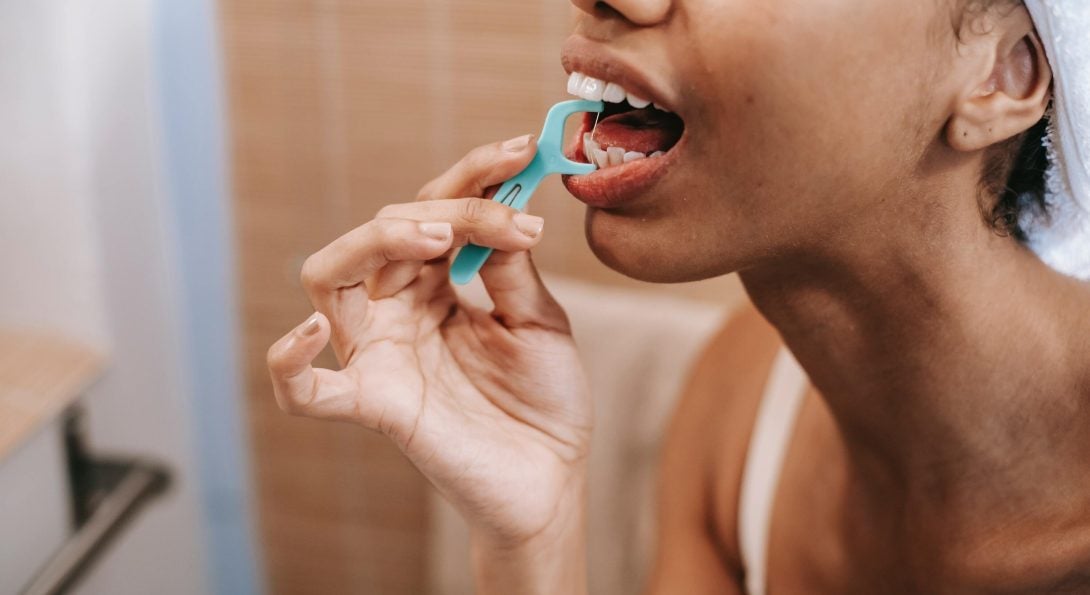Importance of Flossing

When developing your oral hygiene regimen, it is important to include flossing once a day in order to decrease the likelihood of cavities and gum disease. According to a recent CDC report, nearly half of all US adults ages 30 and over have some form of periodontal disease which continues to increase with age. Another CDC report cites 1 in 4 adults between the ages of 20–64 currently has at least one cavity. Both periodontal disease and cavities can lead to expensive dentist visits. Ultimately, the more proactive and dedicated you are to prevention, the less issues you will have to address when it comes time for scheduled cleanings however, not enough Americans are setting aside time to do so.
Benefits of flossing:
- Helps remove food particles and plaque between teeth and along the gum line where your toothbrush can’t quite reach
- Better removal of bad breath-causing bacteria than brushing alone
- Removal of plaque from below the gumline, which can erode tooth enamel and develop into tartar (can cause teeth discoloration)
- Reduce the risk of cavities
- Reduces the likelihood of soreness, puffiness, and unsightly redness of the gums
- Helps prevent gingivitis, which can progress to periodontitis
When should you floss?
- At least once per day, preferably before bedtime
- Floss before brushing in order to ensure the loosened particles are cleaned away from the mouth
What kinds of floss are there?
- Waxed and un-waxed thread (most common types)
- Super floss (most beneficial to those with orthodontic braces, bridges, and wide gaps between teeth)
- Floss picks (convenient for traveling or flossing on the go)
- Air flossers (use air pressure to push out debris between the teeth)
- Water flosser (use water pressure to flush out debris between the teeth)
The College of Dentistry offers services in comprehensive, urgent, and specialty care. If you’d like to schedule an appointment, please visit https://dentistry.uic.edu/patients/request-an-appointment/.
References:
https://www.cdc.gov/oralhealth/conditions/periodontal-disease.html